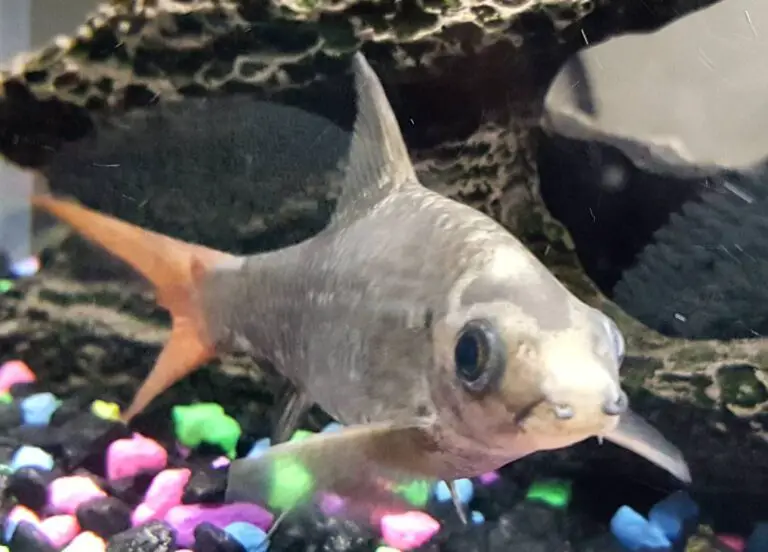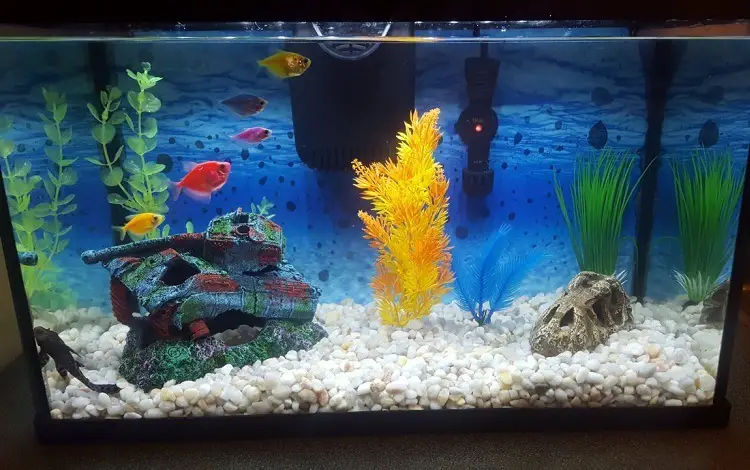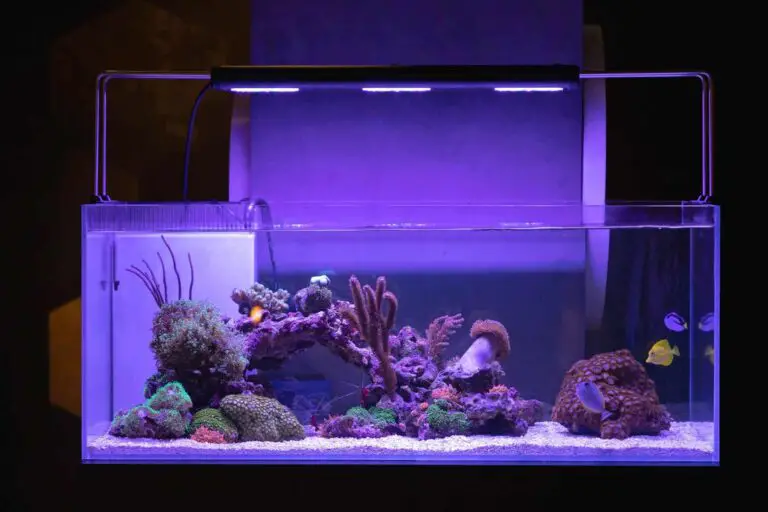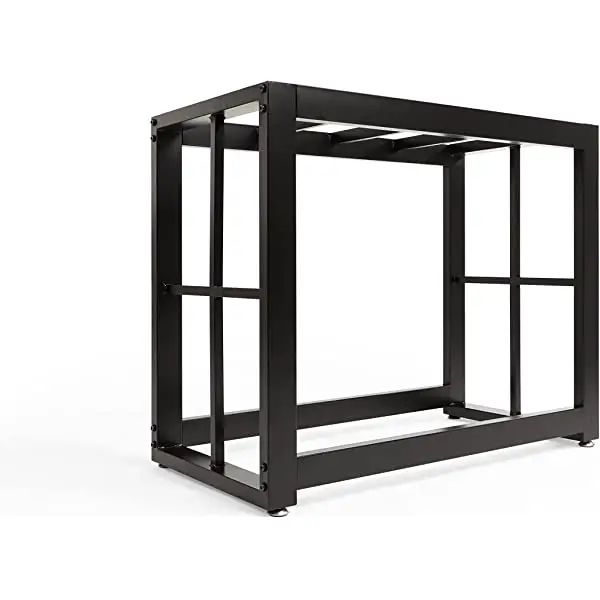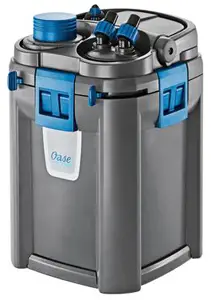Why Do My Plecos Keep Dying?
Plecos are freshwater fish that can be sensitive to environmental changes if not properly cared for. Common causes of pleco deaths include poor water quality, lack of adequate oxygen, and inappropriate tank size or temperature.
Poor water quality can occur from leaving uneaten food in the tank over time which releases toxins into the water causing stress on the plecos’ immune system.
Inadequate oxygen levels will cause a decrease in oxygen levels making it difficult for plecos to get enough air resulting in death.
Finally, incorrect tank sizes and temperatures can also affect their health and lead to death as they require a certain amount of space and specific temperatures depending on species.
To prevent this, make sure your aquarium is clean with proper filtration systems and monitor ammonia levels regularly while ensuring optimal temperature and appropriate sized tanks when introducing a new pleco into an aquarium environment.
If you’ve had multiple plecos in the past and found that they keep dying, it can be a real source of frustration. The key to keeping your plecos alive and healthy lies in providing them with an environment that closely mimics their natural habitat.
This includes plenty of clean, oxygen-rich water with temperatures between 72-82°F as well as hiding places for your fish to explore or rest.
It’s important to ensure that you’re feeding your pleco high quality food specifically designed for their species – regular aquarium feedings will help maintain a balanced diet and staying away from feeders can help prevent diseases from entering the tank.
My Pleco Catfish Died? Why they Dying?
Pleco Died Overnight
Pleco, a popular species of freshwater aquarium fish, is known to live up to 10 years in captivity. Unfortunately, it is not uncommon for Plecos to die suddenly and unexpectedly overnight due to various reasons such as water temperature changes or disease.
If you notice your Pleco has died overnight, the most important thing is to identify why this happened so that you can take steps to prevent similar occurrences in the future.
It may be helpful to consult an expert on aquarium fish before introducing new species into your tank.
Do Plecos Float When They Die?
Plecos, or Plecostomus fish, have an air bladder inside their bodies that helps them to float. When a pleco dies, the air bladder deflates and the fish will sink to the bottom of the tank. However, some dead plecos may still appear to be floating due to buoyancy caused by other gases produced within their bodies during decomposition.
Signs Your Pleco is Dying
As with any pet, it is important to be aware of the signs that your pleco may be dying. Some common symptoms include loss of appetite, difficulty swimming or floating at the top of the tank, lethargic behavior, discolored skin and fins, cloudy eyes, and white spots on their body. If you notice any of these signs in your pleco it is important to contact a veterinarian right away for advice and treatment options.
Pleco Died After 2 Days
Unfortunately, it is not uncommon for pet fish to only live a few days after being purchased. This was the case with Pleco, a lovely little tropical fish who sadly died just two days after its arrival in its new home. It can be heartbreaking when this happens, but it is important to remember that some species of fish are more fragile than others and may not survive the transition from their natural habitat to an aquarium.
How to Revive a Dying Pleco?
If you have a Pleco that appears to be dying, there are several steps you can take to try and revive it.
First, check the water temperature of your tank – Plecos prefer temperatures between 72-80°F.
Next, test the pH levels of the water – they like alkaline environments with a pH level around 7.5-8.
Finally, make sure your filter is clean and change out 20% of the tank’s water weekly – this will help maintain good quality water for your Pleco. With some patience and care, these simple steps could save your fish’s life!
Pleco Died With Black Belly
Despite the common misconception, Pleco fish can actually die with a black belly. This is due to a condition called melanin necrosis, which occurs when the skin of the fish becomes infected and dies off.
The symptoms of this condition include dark spots on their bellies and fins, as well as lethargy and loss of appetite.
Treatment for this condition includes antibiotics or other medications prescribed by an experienced veterinarian.
In some cases it may be too late to save your pet pleco if they have already died from melanin necrosis. So it’s important that you take preventive measures to keep your tank clean and monitor any visible signs of illness in order to maintain healthy water quality for your pet fish.
Pleco Died With Bloated Stomach
Pleco, a common tropical freshwater fish species, is known to suffer from an ailment commonly referred to as “bloated stomach”. This is caused by an imbalance in their diet which leads to gas buildup and blockage of the digestive system.
If proper nutrition isn’t provided or the condition goes untreated for too long, it can be fatal. If you suspect your Pleco may have bloated stomach, take them to the vet immediately for diagnosis and treatment.
Do Plecos Play Dead?
Plecos, also known as Plecostomus or “plecos”, are a popular fish species among aquarium hobbyists. While the name pleco is used to refer to many members of the family Loricariidae, some believe it specifically refers to Hypostomus plecostomus. One interesting behavior that has been observed in these fish is playing dead.
When threatened with danger, they will lay motionless on their side at the bottom of their tank until the threat passes. The tactic works because predators will often lose interest once they believe their target has died and move on – so this clever trick may actually be helping plecos survive!

Credit: www.reddit.com
How Do You Keep Plecos Alive?
In order to keep your plecos alive and healthy, it is important to provide them with a comfortable environment that mimics their natural habitat. Plecos thrive in warm water of around 75-86°F (24-30°C), so ensure the temperature of your tank is regulated with an aquarium heater.
You should also create a strong filtration system for the tank as plecos produce large amounts of waste which can pollute the water if not removed quickly enough.
Additionally, be sure to use gravel or substrate on the bottom of your tanks as this allows plecos to burrow at night when they are more active.
Live plants are also beneficial not only because they help oxygenate and filter out toxins from the water but they also act as food sources for some species!
Finally, make sure you feed them quality foods like sinking pellets designed specifically for omnivorous fish such as plecos; supplementing these with other options such as blanched vegetables, frozen/live foods or algae wafers will help keep them well nourished too!
At What Temperature Do Plecos Die?
Plecos, or Plecostomus, are a species of armored catfish native to South America that have become popular aquarium pets. These hardy fish can survive in the wild for up to 10 years and live comfortably in captivity with proper care.
However, they are very sensitive to changes in water temperature and will not tolerate temperatures outside of their optimal range.
The ideal temperature range for plecos is between 72-78°F (22-26°C). If the water gets too hot or cold, it could be fatal for your pleco; at temperatures above 86°F (30°C) they will start to suffer from heat stress and at temperatures below 68°F (20°C) they may die within hours due to hypothermia.
It is important therefore that you carefully monitor the temperature of your tank as extreme fluctuations can spell disaster for these beloved fish!
How Do I Know If My Pleco is Stressed?
Figuring out if your pleco is feeling stressed can be a difficult task as they are relatively low-maintenance fish and tend to hide any signs of stress. The best way to know if your pleco is stressed is by closely monitoring their behaviors.
Some common signs that your pleco may be feeling overwhelmed include swimming erratically, erratic breathing, loss of appetite or refusing to eat or hiding for extended periods of time in the substrate or behind plants.
If you notice any changes in behavior it’s important to take action quickly as prolonged exposure to stressful environments can lead to serious health issues such as fin deterioration, lethargy and even death.
To reduce stress levels make sure the water parameters are stable (between 75-80 degrees Fahrenheit) and maintain good water quality with regular partial water changes.
Also, adjust the lights so that they mimic natural conditions with 12 hours of sunlight and 12 hours of darkness each day.
Last but not least provide plenty of hiding places throughout the tank such as plants, rocks, driftwood etc., and make sure there is enough space for them swim freely without bumping into other objects in the tank which could cause further distress.
What is the Average Lifespan of a Pleco?
The average lifespan of a pleco is typically around 10-15 years, however this can vary depending on the species and size. Generally speaking, larger plecos tend to have a longer lifespan than smaller ones.
Those kept in an aquarium with good water quality and regular maintenance will usually live longer than their wild counterparts.
Plecos are also known for being quite hardy fish which helps them to survive for long periods of time in captivity when given proper care.
With that said, it’s important to provide your pleco with the right environment as well as balanced nutrition if you want it to reach its full life expectancy.
Conclusion
In conclusion, it is clear that there are a number of potential reasons why your plecos may be dying. It could be due to poor water quality, inadequate nutrition, or even mismanagement of the tank and its inhabitants.
To ensure that your plecos stay healthy, make sure to regularly test the water parameters in your tank, provide a varied diet for them including fresh vegetables and algae wafers, and create an environment with plenty of hiding spaces for them.

